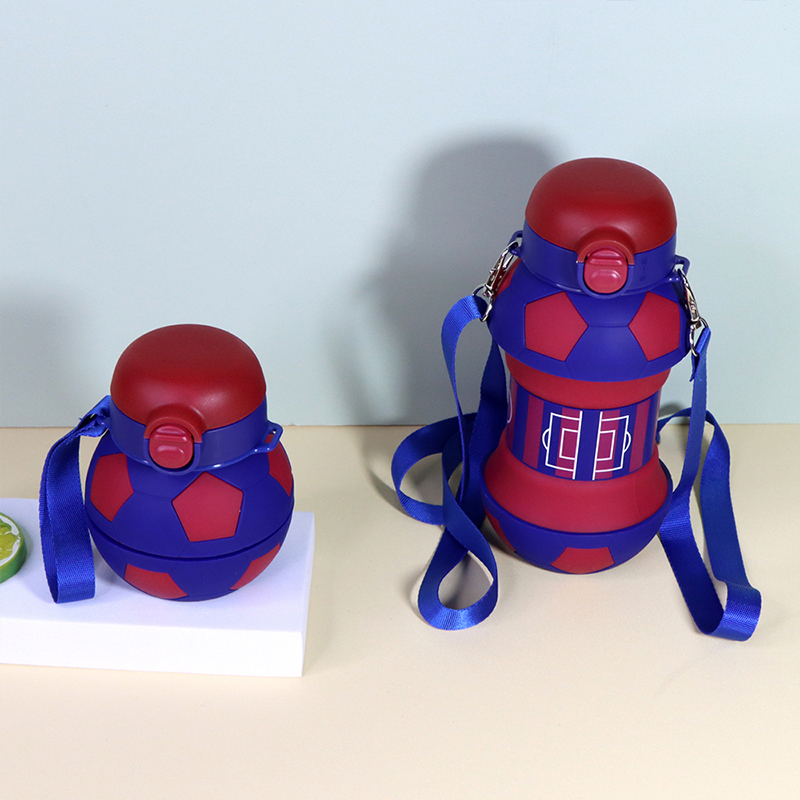Zawartość
W dzisiejszym świecie dbającym o zdrowie, higiena osobista jest ważniejsza niż kiedykolwiek. Jeśli chodzi o utrzymanie czystej i zdrowej skóry, narzędzia, których używasz, mogą mieć znaczącą różnicę. Dwie popularne opcje złuszczania ciała to tradycyjna luffa i nowoczesny silikonowy peeling do ciała. W tym artykule przeanalizujemy korzyści płynące z wyboru silikonowa myjka do ciała nad luffą i przedstawiamy naszą gamę wysokiej jakości silikonowych produktów higienicznych, które oferują zarówno funkcjonalność, jak i higienę.
Dlaczego warto wybrać silikon zamiast tradycyjnej luffy?
Loofahs są podstawą w łazienkach od wielu lat, ale mają pewne wady. Jednym z najważniejszych problemów związanych z luffami jest ich tendencja do zatrzymywania wilgoci i bakterii po użyciu. To wilgotne środowisko stanowi idealną pożywkę dla mikroorganizmów, co może prowadzić do podrażnień i infekcji skóry. Z drugiej strony, silikonowe myjki do ciała są wykonane z nieporowatych materiałów, które nie wchłaniają wody ani nie są siedliskiem bakterii, co czyni je znacznie bardziej higienicznym wyborem.
![]()
![]()
Trwałość i długowieczność
Innym aspektem, który należy wziąć pod uwagę przy porównywaniu tych dwóch opcji, jest trwałość. Loofah mają tendencję do szybkiego zużywania się i wymagają częstej wymiany, co może być zarówno niewygodne, jak i kosztowne. Silikonowe myjki do ciała są jednak zaprojektowane tak, aby wytrzymać dłużej i wytrzymać regularne użytkowanie bez wykazywania oznak zużycia. Z czasem zachowują swój kształt i skuteczność, zapewniając najwyższą wartość inwestycji.
![]()
![]()
Niestandardowy peeling do ciała Rozwiązania
W naszej fabryce silikonu rozumiemy, jak ważne jest dostosowanie do indywidualnych potrzeb. Nasze niestandardowe rozwiązania w zakresie szorowania ciała pozwalają dostosować projekt, rozmiar, a nawet kolor szorowarki do konkretnych preferencji. Niezależnie od tego, czy szukasz prostego narzędzia do codziennego użytku, czy bardziej skomplikowanego projektu do celów terapeutycznych, nasz zespół może współpracować z Tobą, aby stworzyć produkt spełniający Twoje dokładne specyfikacje.
![]()
![]()
Silikonowe szczoteczki do twarzy i masażu włosów
Oprócz peelingów do ciała, nasza fabryka silikonu oferuje szeroką gamę narzędzi kosmetycznych zaprojektowanych w celu poprawy codziennej pielęgnacji skóry i rutynowych zabiegów pielęgnacyjnych. Silikonowe szczoteczki do twarzy zapewniają delikatny, ale skuteczny sposób oczyszczania i złuszczania twarzy, promując zdrowy blask. Nasze szczotki do masażu włosów są ergonomicznie zaprojektowane, aby stymulować przepływ krwi do skóry głowy, promując zdrowie włosów, zapewniając jednocześnie relaksujący masaż.
Profesjonalne produkty silikonowe
Wszystkie nasze produkty są wytwarzane przy użyciu profesjonalnego silikonu, dzięki czemu są nie tylko trwałe, ale także bezpieczne do stosowania na wszystkich rodzajach skóry. Jesteśmy dumni z jakości naszych materiałów i kunsztu wykonania każdego produktu, gwarantując, że każdy element spełnia najwyższe standardy doskonałości.
Wyruszając w podróż ku lepszej higienie osobistej i pielęgnacji skóry, zaufaj JEWELIVES aby zapewnić Ci narzędzia potrzebne do osiągnięcia Twoich celów. Dbając o innowacyjność i zadowolenie klientów, zapraszamy do zapoznania się z naszą kolekcją silikonowych szczotek do peelingu ciała, szczotek do twarzy i szczotek do masażu włosów. Dołącz Już dziś dołącz do społeczności JEWELIVES i doświadcz różnicy, jaką wysokiej jakości produkty silikonowe mogą wnieść do Twojego codziennego życia.


